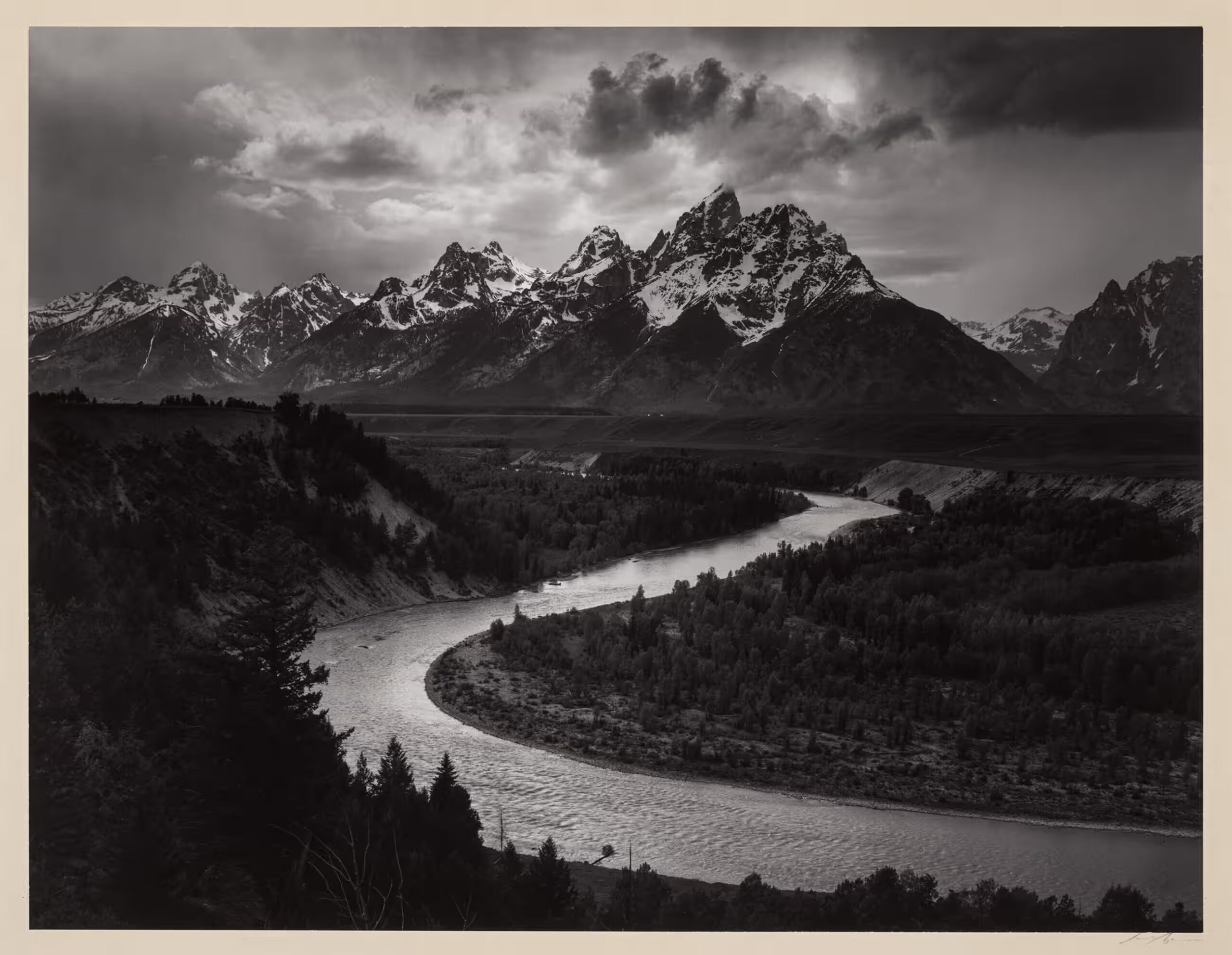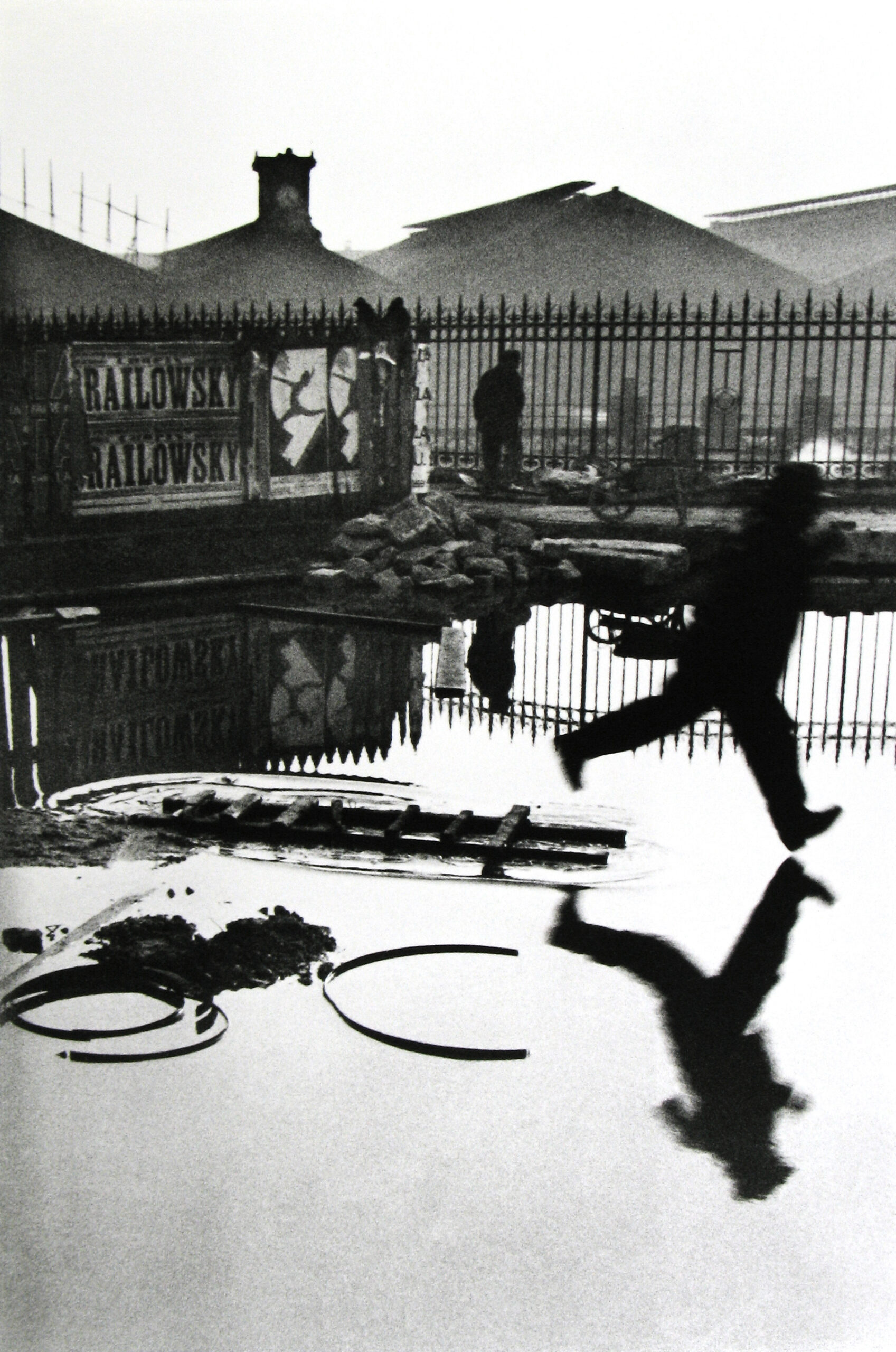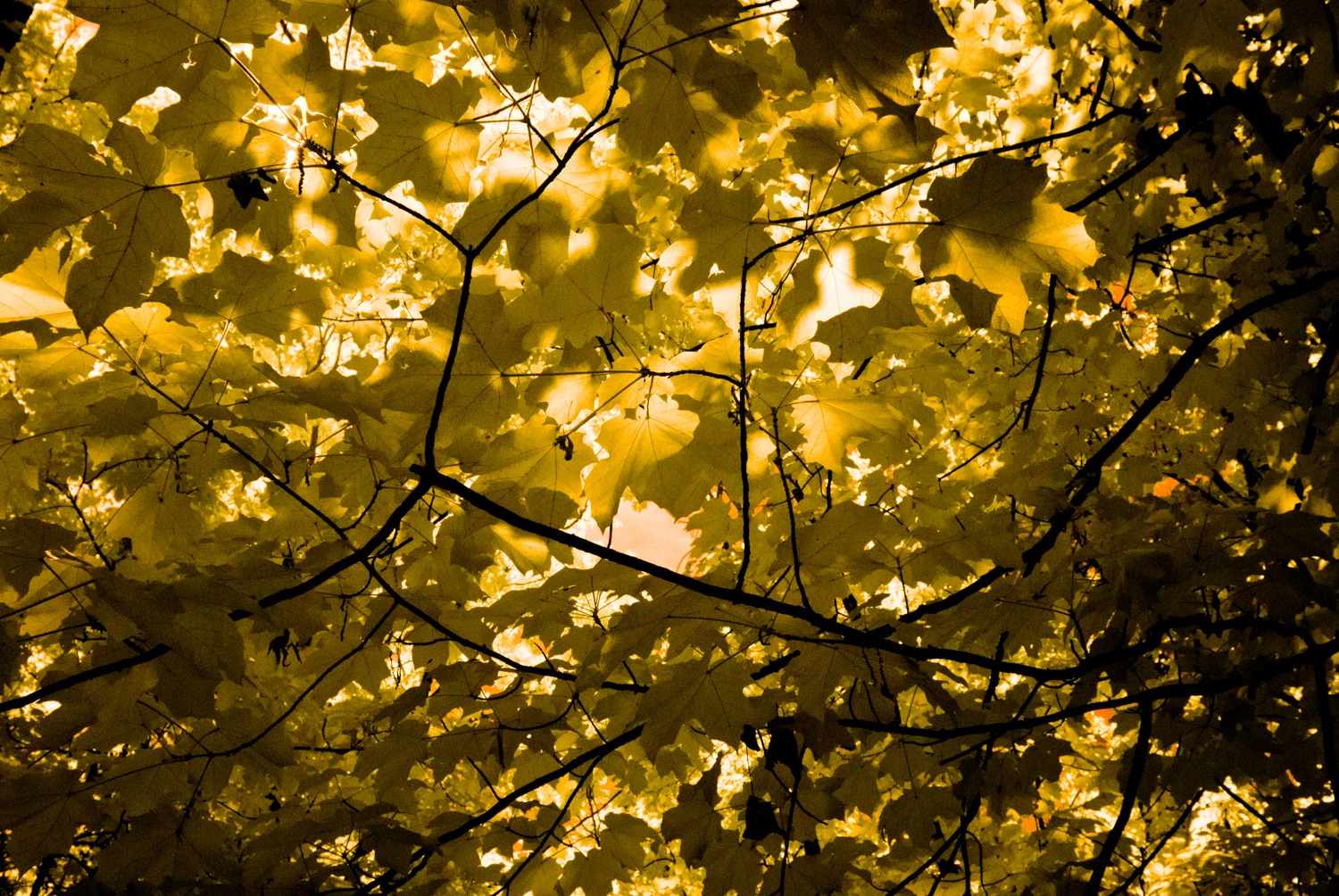Photography, as an art form, has the power to freeze a moment in time, capturing the essence of a scene or evoking emotions that transcend words. In the vast realm of photography, certain luminaries have not only mastered the technical aspects of the craft but have also left an indelible mark on the history of the medium. In this blog post, we will delve into the lives and works of three iconic photographers—Ansel Adams, Henri Cartier-Bresson, and Irving Penn—whose contributions have shaped the world of photography and inspired generations of visual storytellers.

- Ansel Adams: The Maestro of Landscape Photography
Ansel Adams, born in 1902, is widely regarded as one of the greatest landscape photographers in history. His deep connection with nature and his meticulous approach to the craft have left an enduring legacy that goes beyond the mere documentation of landscapes. Adams was not only a photographer but also a passionate environmentalist, advocating for the preservation of wilderness areas.
Adams’ most famous works often feature the grandeur of the American West, particularly the majestic landscapes of Yosemite National Park. His use of the Zone System—a technique for achieving a full range of tones in black-and-white photography—allowed him to create images with unparalleled clarity and detail. One of his most iconic photographs, “Moonrise, Hernandez, New Mexico,” showcases Adams’ mastery in capturing the interplay of light and shadow, as well as his ability to evoke a sense of awe and reverence for the natural world.
Beyond his technical prowess, Adams’ influence extends to his role as a co-founder of Group f/64, a collective of like-minded photographers dedicated to promoting the clarity and sharpness achievable through small apertures. His commitment to both the art and the advocacy of environmental conservation has made Ansel Adams a household name and an enduring source of inspiration for photographers around the world.

- Henri Cartier-Bresson: The Father of Modern Photojournalism
Henri Cartier-Bresson, born in 1908, was a French photographer widely considered the pioneer of modern photojournalism. His concept of “the decisive moment” has become a guiding principle for photographers seeking to capture fleeting, unscripted moments that encapsulate the essence of a scene. Cartier-Bresson’s ability to blend into the background and observe life as it unfolded around him allowed him to create images that are both candid and deeply human.
One of Cartier-Bresson’s most famous photographs, “Behind the Gare Saint-Lazare, Paris, 1932,” perfectly exemplifies his mastery of the decisive moment. In this image, a man hovers above a puddle, captured in mid-air as he attempts to leap across. The photograph not only freezes a moment of physical action but also transcends the immediate scene to evoke broader themes of grace, balance, and the ephemeral nature of life.
Throughout his career, Cartier-Bresson documented major historical events, including the Spanish Civil War, the liberation of Paris, and the funeral of Mahatma Gandhi. His empathetic and humane approach to storytelling through images revolutionized the field of photojournalism, elevating it to an art form that goes beyond mere documentation.

- Irving Penn: The Master of Elegance and Precision
Irving Penn, born in 1917, was an American photographer known for his meticulous attention to detail and his ability to infuse elegance into every frame. Penn’s career spanned over six decades, during which he worked for renowned publications like Vogue and created iconic portraits of celebrities, fashion models, and indigenous people from around the world.
Penn’s meticulous studio work, characterized by simple yet powerful compositions, set him apart as a master of precision. His series of portraits, known as the “Small Trades,” captured the dignity and humanity of workers from various trades in Paris, London, and New York. These portraits, shot against a plain backdrop, highlighted the individuality of each subject while emphasizing the universality of human labor.
In addition to his portraits, Penn’s work in fashion photography revolutionized the industry. His minimalist yet sophisticated approach influenced the visual language of fashion, as seen in his iconic photograph “Woman with Roses (Lisa Fonssagrives-Penn),” where a model in a simple dress holds a bouquet of roses against a stark background.
Penn’s contribution to the art world extended beyond photography. He experimented with printing techniques, produced platinum-palladium prints, and embraced alternative processes that elevated his work to the realm of fine art. Irving Penn’s legacy as a master of elegance and precision continues to inspire photographers and artists in various disciplines.
Ansel Adams, Henri Cartier-Bresson, and Irving Penn each brought a unique perspective and skill set to the world of photography. From Adams’ awe-inspiring landscapes that celebrated the beauty of nature to Cartier-Bresson’s candid moments that captured the human experience and Penn’s precise compositions that elevated fashion photography to an art form—they have collectively shaped how we perceive and appreciate the medium.
These three photographers, with their diverse styles and approaches, exemplify the breadth of possibilities within photography. As we explore their works, we gain not only a deeper understanding of the technical aspects of the craft but also an appreciation for the profound impact that a single image can have on our perception of the world. The legacies of Ansel Adams, Henri Cartier-Bresson, and Irving Penn endure as a testament to the enduring power of the photographic medium to captivate, inspire, and communicate across time and cultures.
Happy Exploring!
<3 Ann

